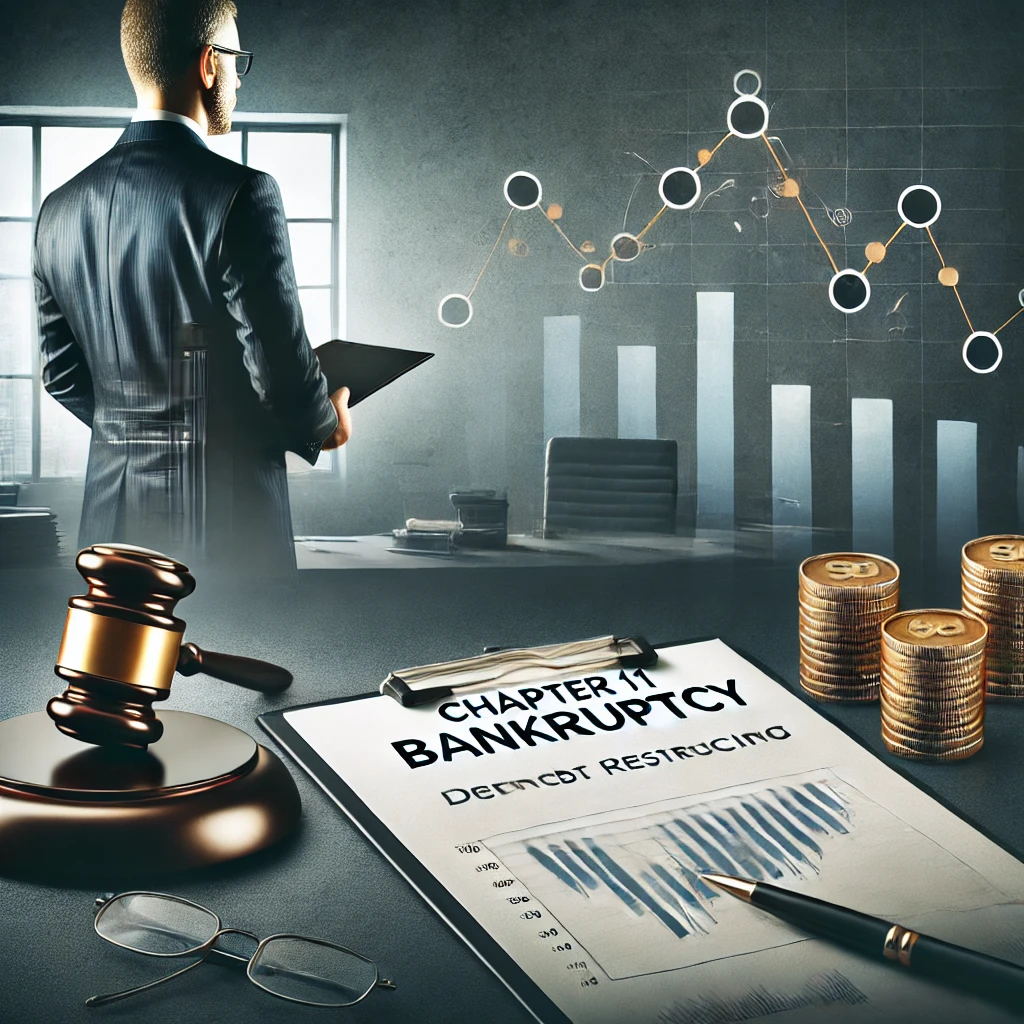Chapter 11 bankruptcy is a legal process that allows businesses, and sometimes individuals, to restructure their debts while continuing operations. Known as a “reorganization bankruptcy,” it provides a lifeline to struggling entities by granting time to reorganize finances and propose a repayment plan to creditors. This article explores the intricacies of Chapter 11 bankruptcy, its benefits, challenges, and common FAQs.
What is Chapter 11 Bankruptcy?
Definition and Purpose
Chapter 11 bankruptcy is a provision of the U.S. Bankruptcy Code that enables businesses to manage overwhelming debt. Unlike Chapter 7, which liquidates assets, Chapter 11 focuses on creating a plan to repay creditors while the entity remains operational.
Who Can File for Chapter 11?
This type of bankruptcy is primarily used by corporations, partnerships, and LLCs. However, it’s also available to individuals whose debts exceed the limits for Chapter 13 bankruptcy.
How Does Chapter 11 Bankruptcy Work?
Filing for Chapter 11
- Petition Submission: Businesses file a petition in bankruptcy court, accompanied by detailed financial statements.
- Automatic Stay: Upon filing, an automatic stay halts creditor actions like lawsuits or repossessions.
- Debtor in Possession: The business continues to operate, but significant decisions require court approval.
Reorganization Plan
- Debt Restructuring: The debtor proposes a plan to restructure debts and repay creditors over time.
- Creditor Approval: Creditors vote on the plan; court approval (confirmation) is necessary.
Exiting Chapter 11
- Plan Implementation: Once confirmed, the debtor adheres to the repayment terms.
- Discharge: Upon successful completion, the remaining eligible debts are discharged.
Benefits of Chapter 11 Bankruptcy
Business Continuity
Filing for Chapter 11 allows companies to keep operating, preserving jobs and maintaining customer relationships.
Flexibility
The reorganization process is adaptable, accommodating various financial circumstances.
Creditor Cooperation
The court-mediated process encourages negotiations between debtors and creditors, often resulting in mutually beneficial terms.
Challenges of Chapter 11 Bankruptcy
Costly and Time-Consuming
Chapter 11 cases can take months or years to resolve and are expensive due to legal and administrative fees.
Risk of Failure
If the reorganization plan fails or creditors reject it, the case may convert to Chapter 7, leading to liquidation.
Creditor Resistance
Securing creditor approval can be challenging, particularly for complex debt structures.
Need Help with Chapter 11 Bankruptcy?
Contact a bankruptcy professional to evaluate your options and guide you through the process.
Conclusion
Chapter 11 bankruptcy serves as a critical tool for businesses facing financial distress, offering a path to recovery while maintaining operations. Though the process is complex and costly, it provides an opportunity to restructure debt and emerge stronger. If your business is struggling, consulting with a bankruptcy attorney is essential to navigating this challenging process effectively.
Employees typically continue working as usual. In some cases, layoffs or pay adjustments may occur to reduce costs.
Yes, small businesses can file under the Subchapter V of Chapter 11, which streamlines the process and reduces costs.
Yes, filing for Chapter 11 significantly impacts the debtor’s credit score, making it harder to secure future financing.
Not all debts are dischargeable. Obligations like taxes and secured loans may require repayment in full.



